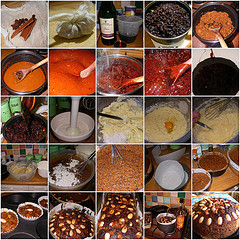
Image by Michael Sarver via Flickr
Few coffee drinkers fully appreciate the fact that frothed milk is what makes a cappuccino or latte. Without the milk and foam, it is just plain espresso. Like anything worth learning, it takes a bit of practice, even the most capable baristas have a hard time at first. Let us take a look at the frothing process.
Most experts agree that it is best to begin with a stainless steel pitcher, some cold milk and an espresso machine with a steaming wand. Past that, there are as many differing ideas about the frothing process as there are blends of espresso.
Stainless steel is preferred for its easy maneuverability, but any non-plastic container will work as long as it will not melt or crack with heat. The kind of milk you start with depends on the texture of foam you want to achieve. The higher the fat content, the more dense and more difficult to froth the milk with be. Skim milk produces light, airy foam, and is probably the easiest for beginners to practice with.
To determine how much milk is needed, fill the cups you plan to drink from with half the milk the drink requires. For example, a cappuccino is half espresso and half steamed milk, so you would fill the cup one-fourth full will cold milk because steaming will cause the milk to roughly double in volume. Pour the milk in the pitcher. [Read more…]




